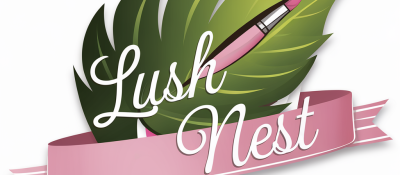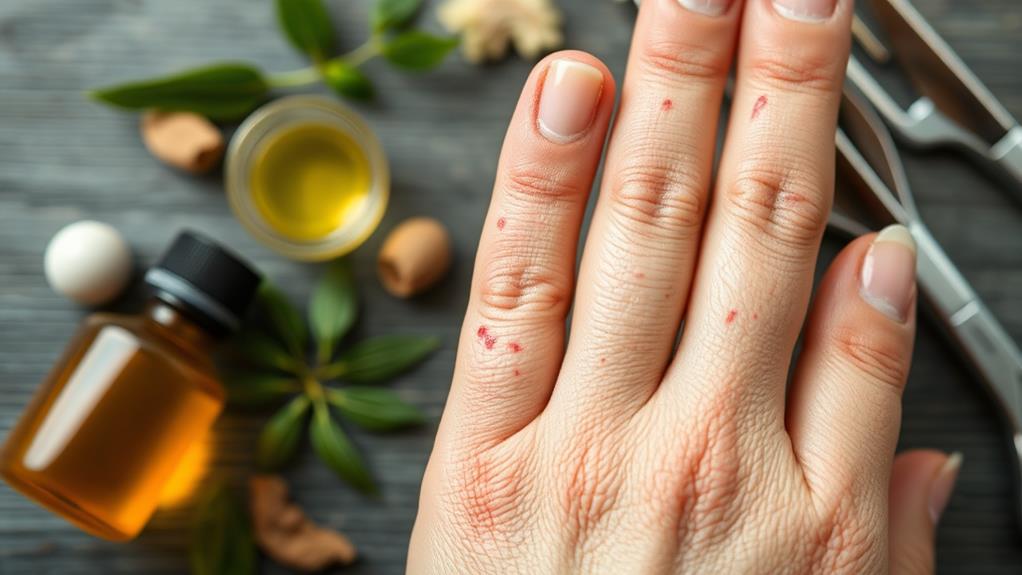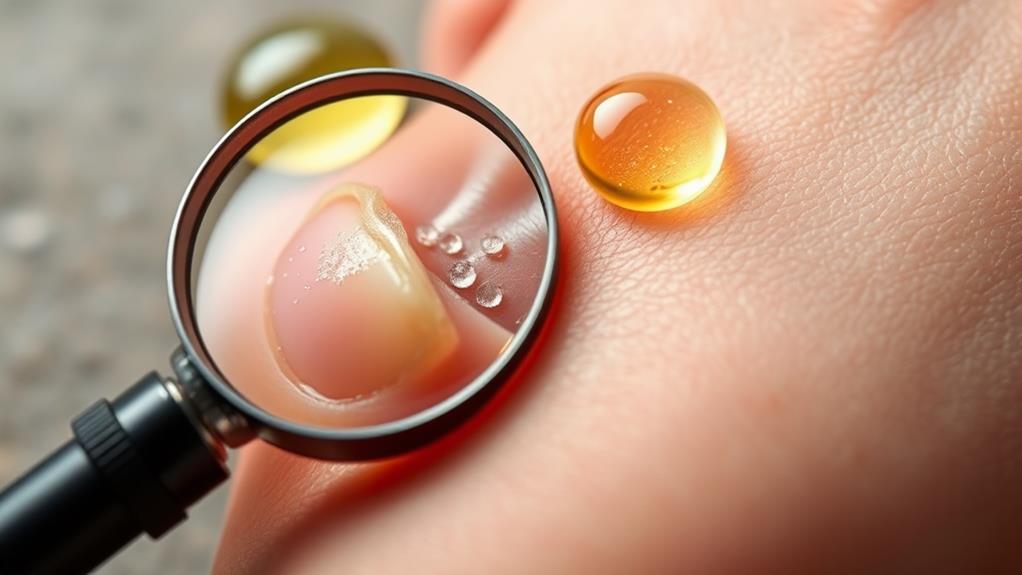If you've noticed white junk nails, you're likely wondering what's causing this issue and how to address it. Various factors, such as trauma, poor nail care, or even nutritional deficiencies, can lead to this condition. Understanding the root cause is essential for effective treatment, whether it involves simple lifestyle changes or professional interventions. You'll want to consider which environmental factors might be at play, as they could influence your nail health. Are you prepared to explore the best options for restoring your nails to their former appearance?
Understanding White Junk Nails
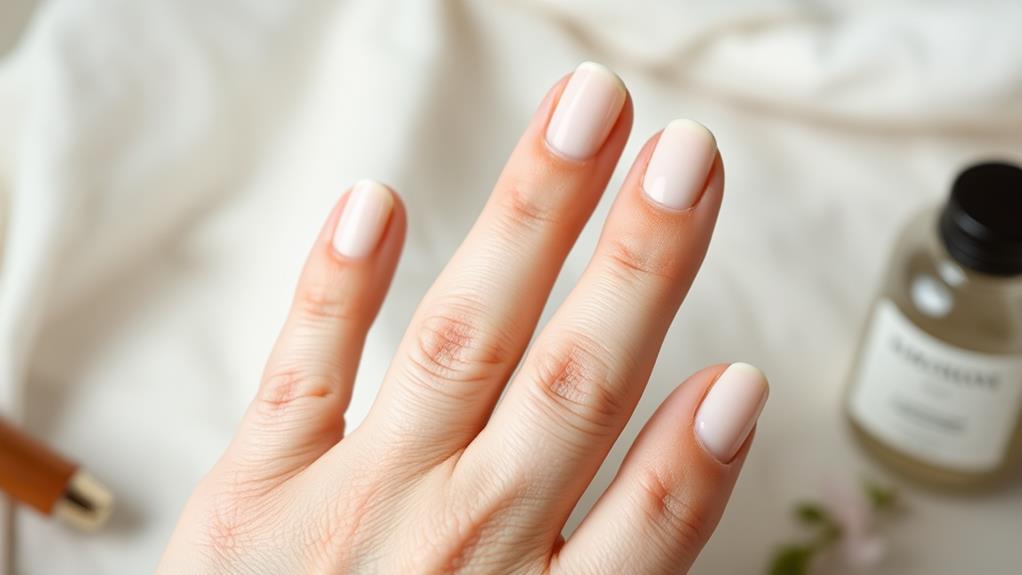
White junk nails, often appearing as unsightly white spots or patches on your nails, can signal various underlying issues. You might notice these marks and wonder what they mean for your health.
While they may seem harmless, they can indicate something more significant going on beneath the surface. It's important to pay attention to your nails, as they can reflect your overall well-being.
You might find it surprising that factors like diet, hydration, and nail care can play a role in the appearance of these white spots. Taking care of your nails not only helps in their appearance but can also alert you to any health concerns that need your attention.
Keeping nails healthy is essential for both beauty and health!
Common Causes
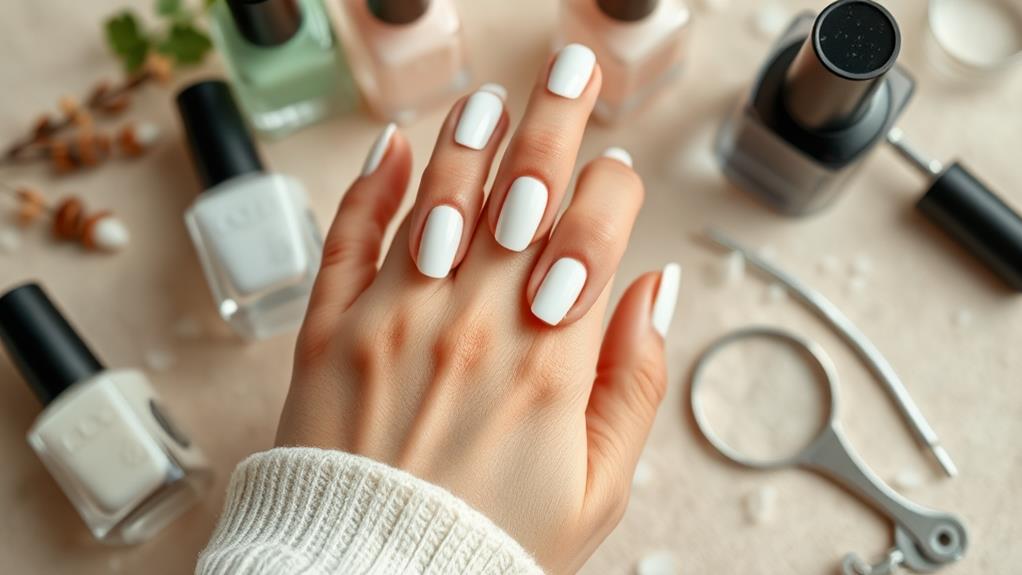
Nail health can reveal a lot about your overall condition, and several common factors lead to the appearance of white junk nails.
One major cause is trauma or injury to the nail, which can disrupt its growth and result in discoloration.
Another factor is improper nail care, like using harsh chemicals or not trimming your nails regularly, which can weaken them.
Additionally, frequent exposure to water can lead to brittleness and make your nails more susceptible to damage.
Poor diet also plays a role; lacking essential nutrients like calcium and protein can affect nail appearance.
Lastly, environmental elements, such as extreme temperatures, can contribute to nail issues, so keeping your nails protected is important!
Underlying Health Conditions

Certain underlying health conditions can significantly impact the appearance of your nails, including the development of white junk nails.
For instance, conditions like psoriasis or eczema might lead to nail changes, causing them to become discolored or thickened. Additionally, liver or kidney diseases can also manifest through nail abnormalities, including white spots or streaks.
If you're experiencing sudden changes in your nails, it's essential to consider your overall health. Nutritional deficiencies, such as a lack of biotin or zinc, can also contribute to this issue.
It's a good idea to consult a healthcare professional if you notice persistent changes. They can help identify the root cause and recommend appropriate treatments, ensuring your nails reflect your overall well-being.
Environmental Factors
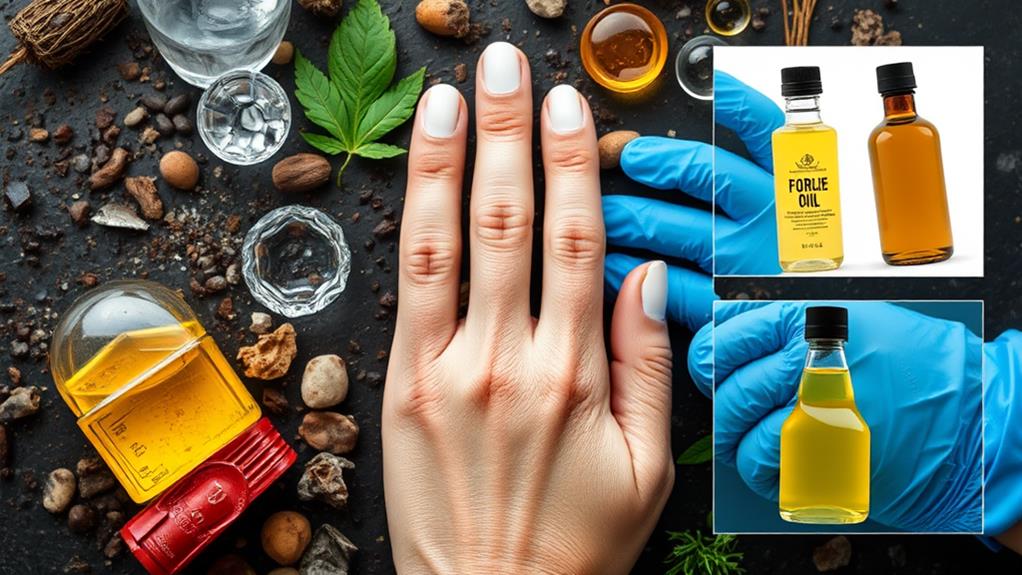
Many people may not realize how environmental factors can affect the health and appearance of their nails. For instance, exposure to harsh chemicals found in cleaning products or nail polish can weaken your nails and lead to discoloration.
If you often wash your hands or use hand sanitizers, the drying effects can also contribute to the development of white junk nails. Additionally, frequent exposure to moisture, like swimming in chlorinated pools, can compromise nail strength.
Even the weather plays a role; cold, dry air can cause nails to become brittle, while humidity can lead to fungal infections.
Being aware of these environmental influences helps you better understand how to protect your nails and maintain their health.
Treatment Options
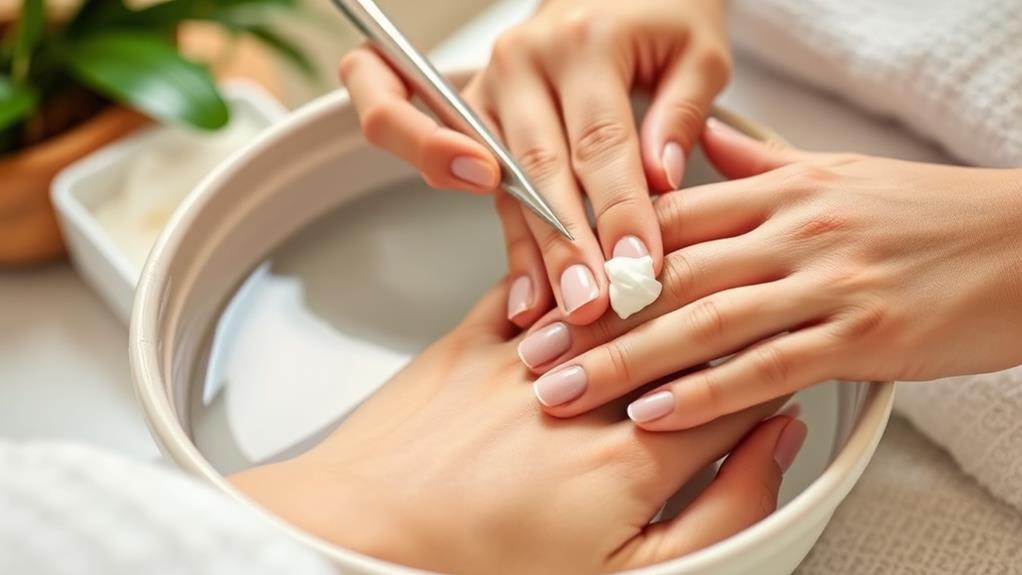
To effectively address white junk nails, it's important to consider various treatment options that can restore their health and appearance.
Start by keeping your nails clean and trimmed, as this can prevent further damage. If you suspect a fungal infection, over-the-counter antifungal treatments can be effective.
You might also want to apply a moisturizing nail oil to nourish your nails and cuticles. If the problem persists, consulting a dermatologist can provide you with tailored advice and prescription treatments.
Additionally, taking dietary supplements rich in biotin may promote stronger nails. Remember, patience is key, as it can take time for your nails to recover fully.
Prevention Strategies
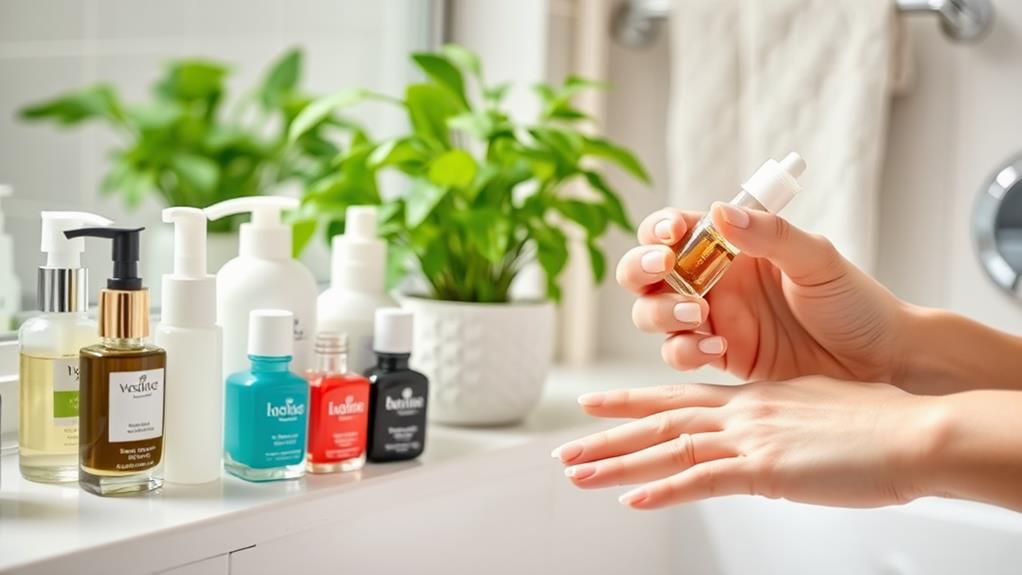
To keep white junk nails at bay, it's crucial to maintain proper nail hygiene and avoid any trauma to your nails.
Regularly cleaning your nails and trimming them can help prevent buildup and damage.
Plus, being mindful of how you treat your nails in daily activities will go a long way in keeping them healthy and looking great!
Maintain Proper Nail Hygiene
Maintaining proper nail hygiene is essential for preventing white junk nails. Start by keeping your nails clean and dry. Wash your hands regularly, and don't forget to scrub under your nails where dirt can hide.
Trimming your nails regularly helps avoid buildup and keeps them looking neat. You should also use a gentle nail brush to remove any debris.
Moisturizing your nails and cuticles is crucial, so apply lotion or oil regularly. Avoid biting your nails, as this can introduce bacteria and lead to infections.
Additionally, consider wearing gloves while doing chores to protect your nails from harsh chemicals. By following these simple steps, you'll promote healthy nails and significantly reduce the risk of developing those pesky white junk nails!
Avoid Nail Trauma
Nail trauma can lead to the development of white junk nails, making it crucial to take preventive measures.
To protect your nails, be mindful of how you use your hands. Avoid using your nails as tools to open packages or scrape surfaces. Instead, grab a pair of scissors or a proper tool.
When participating in sports, consider wearing protective gloves to shield your fingers from impact. If you work with your hands, use gloves to guard against injuries.
Regularly trim your nails to keep them short and less prone to breakage. Lastly, pay attention to your nail health by moisturizing your cuticles.
